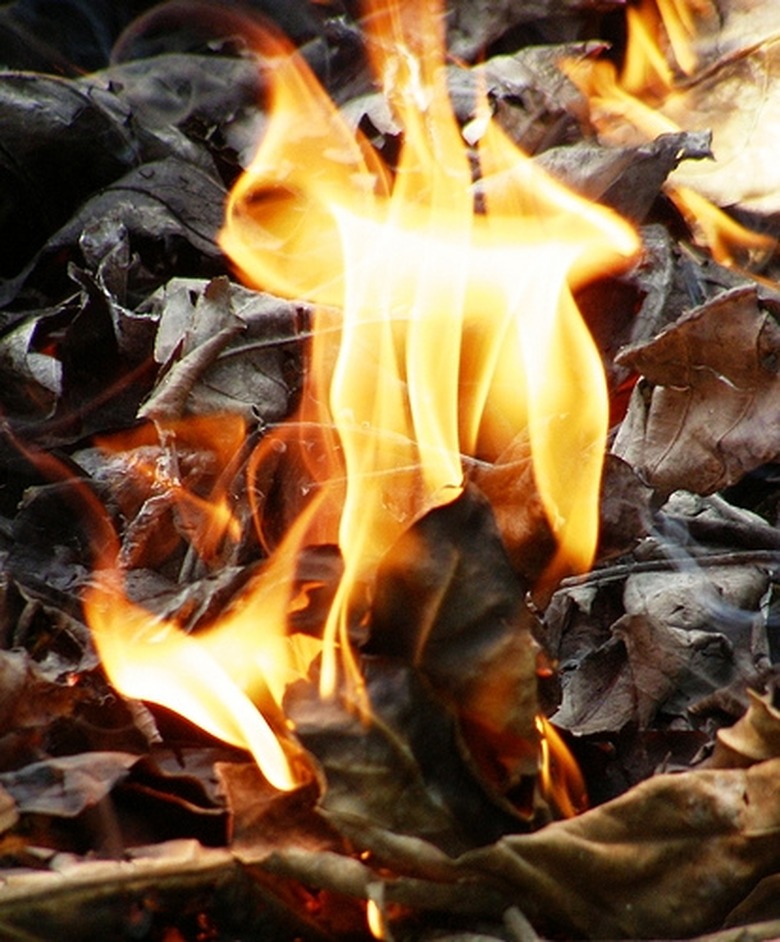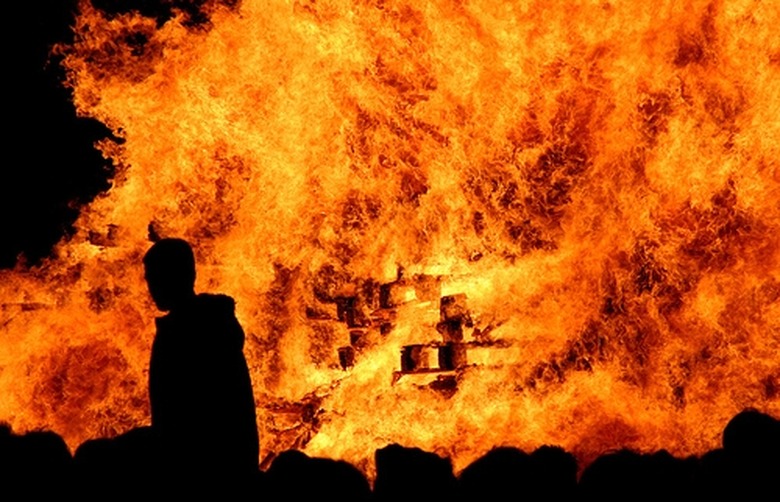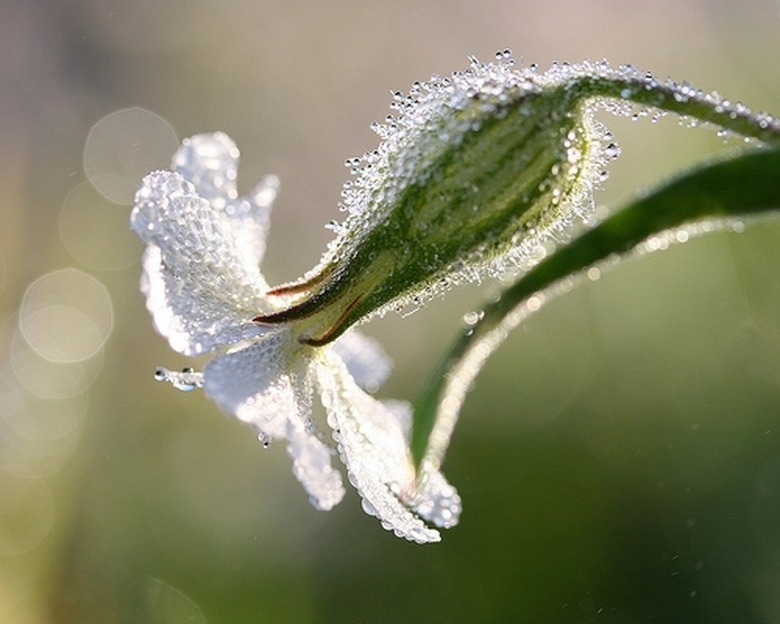The Advantages Of Frequent Burning As A Weed Control Measure
Step 1
A portable flame thrower can be used when weed seedlings are just breaking through the ground. At this stage, the weeds are at their most vulnerable phase. This process is time-consuming and dangerous if not done properly. There are many varieties of weeds, and they germinate at different times of the year. This can be done frequently, as soon as new weed seedlings have three to five leaves.
Controlled Burn
Step 1
A controlled burn on a large area of land should be planned when danger of the fire spreading due to drought or windy conditions is at a minimum. Timing the controlled burn should coincide with the pre-emergence of the flowering weed dropping seeds. There must be enough dry grass, or matter, in the area to be burned in order to carry the fire. If the weeds are green, or the area around the weeds is green, the controlled burn won't be effective, and another controlled burn will have to be planned.
Step 2
- A portable flame thrower can be used when weed seedlings are just breaking through the ground.
- A controlled burn on a large area of land should be planned when danger of the fire spreading due to drought or windy conditions is at a minimum.
Searing Weeds
Step 1
Searing weeds with intense heat will kill the area of the plant that has already broken through the earth's surface. This method can be done with a portable propane burner. A problem of frequent use of this method is that it may create more weeds. Many weeds have a hard seed shell and lay dormant in the ground until they are forcefully broken open. This force can come from tillage or extreme heat.
Repopulation
Step 1
In nature, plant species, which includes weeds, adapt in order to guarantee the species' survival. Frequent burning may cause a reaction in the weeds, whether germinating or in a dormant stage under the ground, to develop a new means of survival. Frequent burning could force the weeds to develop a stronger, deeper underground structure. The top of the weeds would be destroyed, but the underground structure continues to live while becoming stronger, and produces more seeds that are harder to destroy.
Step 2
- Searing weeds with intense heat will kill the area of the plant that has already broken through the earth's surface.
- Frequent burning may cause a reaction in the weeds, whether germinating or in a dormant stage under the ground, to develop a new means of survival.
Precautions
Step 1
Before using a burning method of weed control, check with your fire department for regulations and permits that may be required, and what conditions must be met. Burn bans are often in effect during the summer months.




